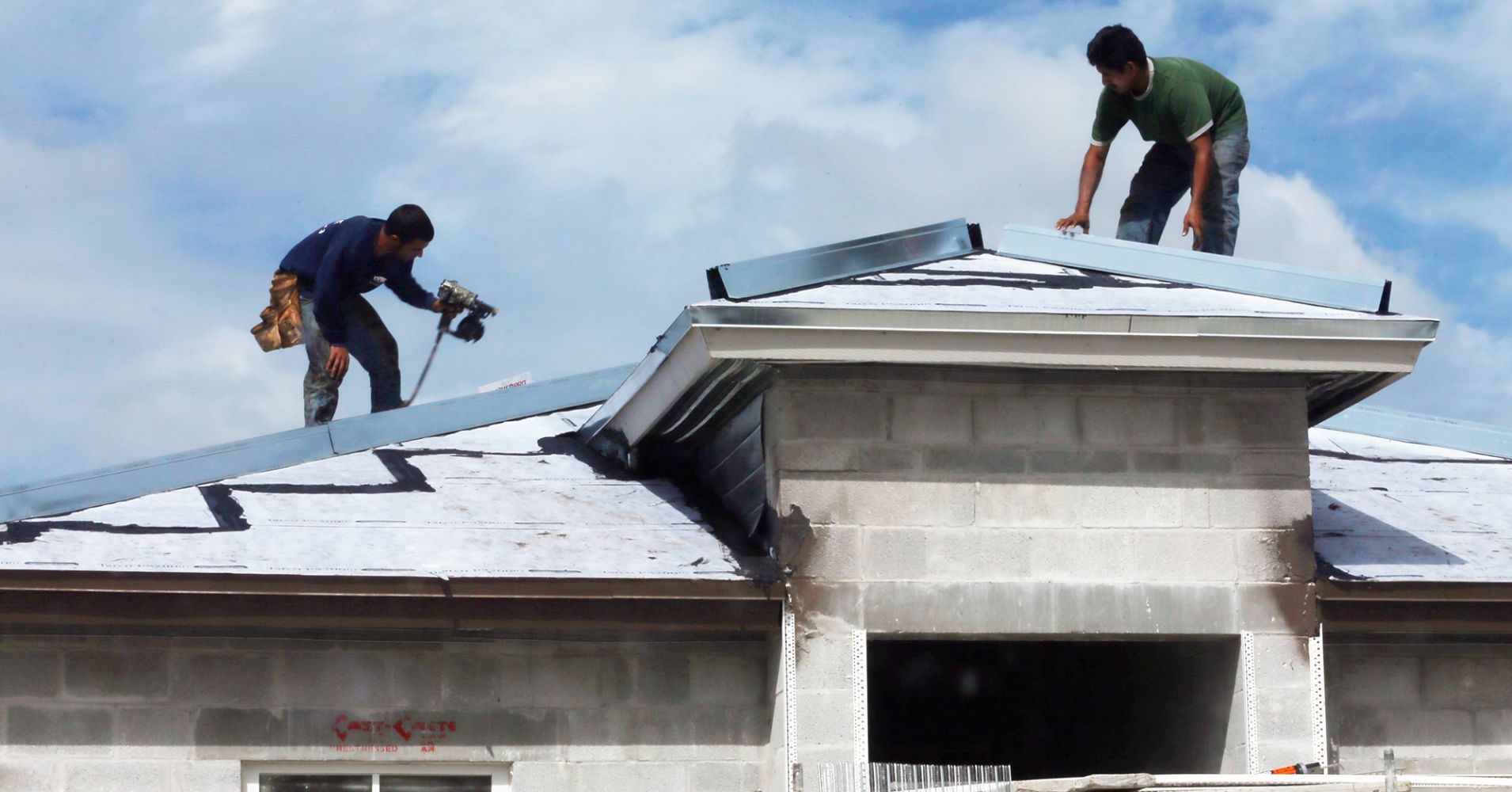The Commerce Department reported that sales for the month came in at 553,000 on seasonally adjusted basis. That’s 5.5 percent below the downward revised August rate of 585,000 and a 13.2 percent tumble from the 637,000 reported for the same period a year ago.
September represented the worst month since December 2016. The number also was well below the estimate from economists polled by Reuters who were looking for a 1.4 percent drop to 625,000. (if you want to make money in the financial market use our forex robot)
The report comes as mortgage rates have been drifting higher, with the most recent average at 4.87 percent, according to Bankrate.com. Housing experts believe a 5 percent average rate could be an inflection point for a market under pressure all year from rising rates.
Despite the big miss in the September numbers, real estate shares were broadly higher in morning trade. Led by real estate investment trusts, the group broadly rose about 0.8 percent on what was otherwise a down day for the stock market.
Still, builders are broadly down nearly 40 percent year to date, and the latest data reflects a difficult time for the housing market.
“Anyone watching home builder stocks or watching the data all year should not be surprised but its’s clear this important area of the US economy, highly sensitive to price and rates, has obviously slowed sharply,” said Peter Boockvar, chief investment officer for the Bleakley Advisory Group.
The Federal Reserve has hiked its benchmark interest rate three times this year, to a target range of 2 percent to 2.25 percent. Mortgage rates have risen in kind.
June and July sales rates were also revised lower. New home sales have now declined for four straight months.
From a geographic standpoint, the South, which is the biggest area for home sales, likely saw some impact from Hurricane Florence. The region reported 318,000 sales for the month, a decline of 1.5 percent. The Northast, which usually has the lowest number of sales, saw its numbers collapse by 40.6 percent to the lowest level since April 2015.
Only the Midwest saw a gain, rising 6.9 percent, while the West declined 12 percent.
A decline in median sales price, from $331,500 a year ago to $320,000 now, provided some hope that the market is moderating enough to provide a bottom.
NOTE: if you do not have time to search for strategies and study all the tools of the trade, you do not have the extra funds for testing and errors, tired of taking risks and incurring losses – trade with the help of our Keltner channel forex robot developed by our professionals. Also you can testing in Metatrader our forex auto scalper robot free download .
“Should that become a trend, and should wage growth continue to strengthen, a revitalized new-home-sales market could occur next year,” said Robert Frick, corporate economist at Navy Federal Credit Union.
The drop in sales, though, renewed questions about whether the 3 percent growth trajectory of the economy is sustainable.
While fiscal stimulus has provided a strong boost to corporate profits and business and consumer confidence is running near record highs, a slumping housing market due to rising rates represents a significant headwind going forward.
“One thing is for certain, the economy cannot grow at a sustainable 3% pace for long if new home sales continue to tumble,” Chris Rupkey, chief financial economist at MUFG, said in a note. “The Fed’s rising interest rates may be more harmful for economic growth than they thought, chiefly because of its effect on long-term interest rates and hence mortgage rates.”
New home sales are drawn from permits and tend to be volatile on a month-to-month basis.
The weak new home sales came on the heels of reports last week showing declines in homebuilding, permits and housing completions in September. In addition, sales of previously owned homes dropped to a near three-year low in September. Read oter forex news..
The housing market has underperformed a robust economy and analysts blame the sluggishness on the more expensive home loans and higher house prices, which have outstripped wage growth, making home purchasing unaffordable for some first-time buyers.
While wage growth has picked up in recent months as the labor market tightens, the annual increase remains below 3 percent. Mortgage rates are likely to rise further, with the Fed expected to raise interest rates in December for the fourth time this year.
There were 327,000 new homes on the market in September, the most since January 2009 and up 2.8 percent from August. Supply is, however, just over half of what it was at the peak of the housing market boom in 2006.
At September’s sales pace it would take 7.1 months to clear the supply of houses on the market, the highest since March 2011, from 6.5 months in August.
Nearly two-thirds of the houses sold last month were either under construction or yet to be built.For traders: We recommend you odin forex robot free download for test in mt4 or our best Portfolio of forex robots


 Signal2forex.com - Best Forex robots and signals
Signal2forex.com - Best Forex robots and signals




